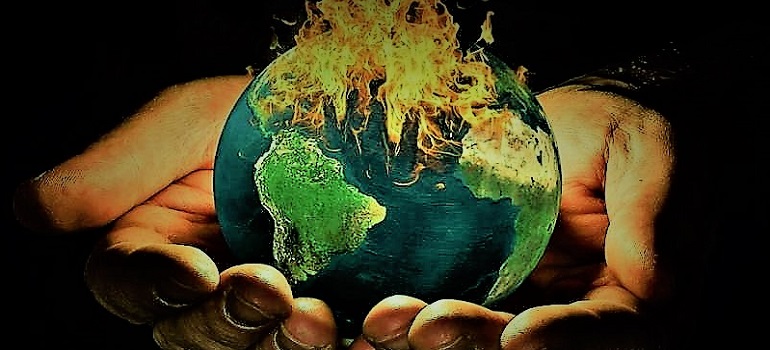
Following the conclusion of the COP26 on November 13, Wood Mackenzie experts weigh in on the key developments of the conference.
Jonny Sultoon, global head of markets and transitions, said: “Wood Mackenzie sees the COP26 as a qualified success.
“The big splash was the announcement of India’s net zero goal, by 2070. Although met indifferently from many quarters, we think it is a big deal. Even in a Global Net Zero 2050 pathway (Wood Mackenzie’s AET-1.5 scenario), India’s net zero would arrive around 2070 – not all nations can move at the same pace.
“The bone of contention though, is the variation between near-term 2030 reductions, and net zero pledges in the 2050-70 window. While the US, UK, EU-27, Japan and South Korea aim to nearly halve emissions by 2030, growing economies such as China and India do not have such a reduction target for 2030.”
Prakash Sharma, Asia Pacific head of markets and transitions, added: “China and India insisted the wording of the final text was amended to ‘phase down’ rather than ‘phase out’ coal-fired power.
“Last minute changes reflect current realities of individual energy markets where countries aim to prioritise supply security over environmental goals, at least through the medium term until other clean baseload supply options are commercially available at the scale that’s needed to replace coal in power generation.
“In Wood Mackenzie’s AET-1.5 scenario (Global Net Zero 2050), coal’s share in power generation falls to less than 5% by 2050 from 35% in 2020. Abatement pathways include retiring inefficient plants, co-firing low carbon fuels such as ammonia or hydrogen and retrofitting CCS
